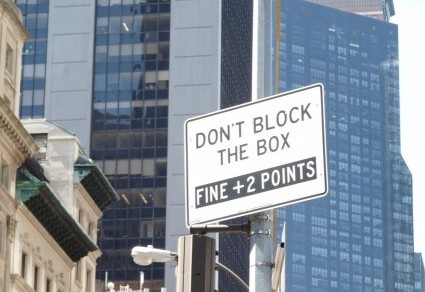We New Yorkers, have, upon occasion, been known to be a tad self-absorbed. Common wisdom holds that Londoners see their city as the center of the world and New Yorkers view theirs as the world itself. Nor are we New Yorkers known for patience. I read somewhere that telemarketers receive special training so they can convey their messages to New Yorkers at double the pace they employ for other locations. And, this just in: New Yorkers also like to complain.
Add self-absorption, impatience, and irritation and you get a phenomenon known as NIMBY – “not in my backyard.” NIMBY occurs all over the world, of course, but in New York City, where backyards aren’t common, it’s more often NIMS – “not in my street,” or NOMS, “not on my sidewalk.”
Check out this NOMS sign:
I might not have snapped a photo of this sign had it not italicized THESE PREMISES. The italics add emphasis and imply that you are free to loiter somewhere else, just “not on my sidewalk,” or NOMS.
A variation, which I’m still trying to decode, appears on this sign:
In a flush of optimism (no pun intended), I first saw this sign as a request to steer dogs to the stretch of curb around tree. (An impatient New Yorker, the sign-writer had no time to add the.) But this sign appears in New York, so I must conclude that instead of offering canine accommodations, the sign-writer wants dogs to go on somebody else’s sidewalk or street. It’s a NIMS/NOMS.
Slightly off topic, but too good to omit, is this sign:
The tenuous connection to NIMS is the fourth statement, Private Property. Implied by that phrase is “go somewhere public” (NIMS). But I have to admit I snapped the photo because of the five exclamation points, each a vehement finger stab in the eye. (How New York is that?) The sign also attracted me by including one our language’s strangest words, sanctioned, which means (a) official permission and (b) punishment. You have to love a language in which a word may be its own antonym.
And you have to love New York City, or at least I do, for displaying signs like these.














